How does a reflective roof coating make a roof cool?
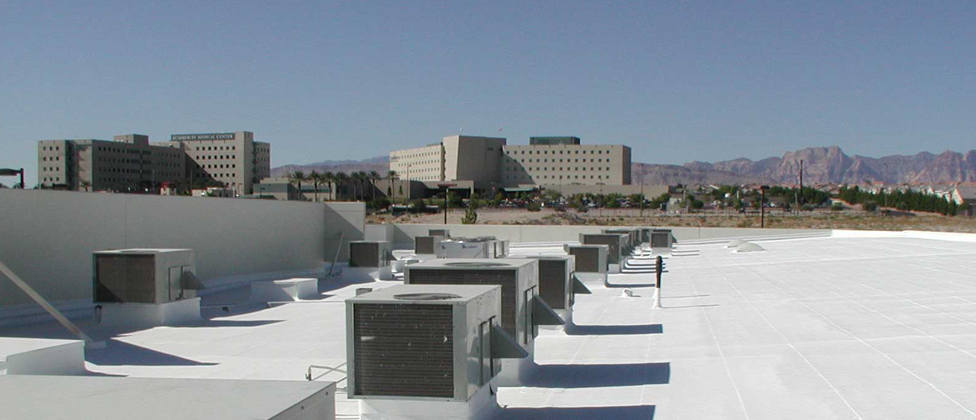
By the Roof Coatings Manufacturer’s Association.
Nearly any roof can be converted into a “cool” roof by applying a reflective roof coating.
This can be achieved at any time during the life of the existing roof. These coatings can be applied to new and existing dark-colored roofs. A reflective roof is defined by ENERGY STAR as one that has properties of at least 65% reflectivity and 50% emissivity after 3-year aging. It reflects solar energy back into space so the roof surface remains cooler.
A “black” roof becomes incredibly hot in the heat of summer, with this solar energy getting absorbed into the building. The installation of a reflective coating not only reduces the surface temperature and heat transfer into the structure, it also acts as the first line of defense against water penetration.
What are the benefits to using a reflective roof coating?
- Appeals to owners seeking green and sustainable roofing, and can meet, satisfy, or contribute to Title 24, LEED, and other green rating system requirements
- Reduces the temperature inside the building it covers by 6-9 degrees
- Reduces the roof surface temperature by up to 50%
- Increases the effective “R” value of insulation
- Increases the efficiency of roof-mounted HVAC units
- Saves on cost of air conditioning the building
- Reduces the energy costs overall to the building owner by reducing the “peak electrical demand” level
- Creates a more comfortable environment in areas where there is no air conditioning
- Slows premature aging of a roof due to high surface temperatures and UV degradation
- Results in reduced overall roof life-cycle costs
- Reduces respiratory health risks and the risk of heat-related deaths, especially in a “Heat Island” area
- Provides easier and safer installation than with hot-applied systems
- What’s important to Roofing Contractors?
Reflective roof coatings can provide contractors with:
- Peace of mind: They’re easy to install, simplify crew training, reduce on-the-job risk, require fewer job call-backs, can result in better crew retention
- Opportunities to work with agencies and public entities (schools, public works departments, local, state or federal customers) who are under executive order to use energy efficient materials
- Easier and safer installation than with hot-applied systems
- Other Benefits: Reflective roof coatings meet Title 24 compliance requirements
- And a reflective roof coating is environmentally friendly (“green”) because it:
- Reduces landfill materials – at least 10% of landfill waste is made up of roofing materials
- Saves energy, both for the building owner, and for the utility supplier
- Reduces the carbon footprint of the building by reducing the CO2 emissions
- Minimizes the environmental burden
Is the cost of applying a reflective roof coating a good investment?
Yes, applying a reflective roof coating is an excellent investment.* If the installation costs for a reflective roof coating (which vary) are slightly higher in certain situations, the long-term benefits can easily offer an attractive return on the installation investment, by providing:
- Longer roof life, better durability—coatings protect the roof substrate from destructive UV
- Reduced maintenance costs over the life of the roof; and coatings can provide the added bonus of being a water-resistant barrier
- Better budget management due to predictable life extension of the roof (the opportunity to re-coat the roof rather than replace it)
- Reduced installation risks
- Minimal disruption to the occupants, operations during application, construction process, saving money in areas other than the roofing materials and application itself
- A more desirable and comfortable work environment inside the building
- Opportunity for energy credits, tax savings, rebates
*Coatings are considered “restoration” and not a new roof system installation. Therefore, they may usually be expensed in the fiscal year during which they are applied instead of amortizing the cost over the life of the roof (as in a new membrane installation). This can be a huge tax benefit to some building owners. Check with your CPA or CFO to properly apply this information to your own roof situation.
Learn more about reflective coatings.
Source: RCMA
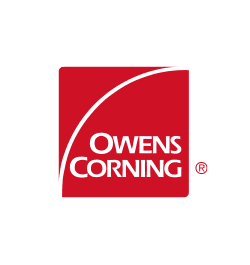







-2.png)

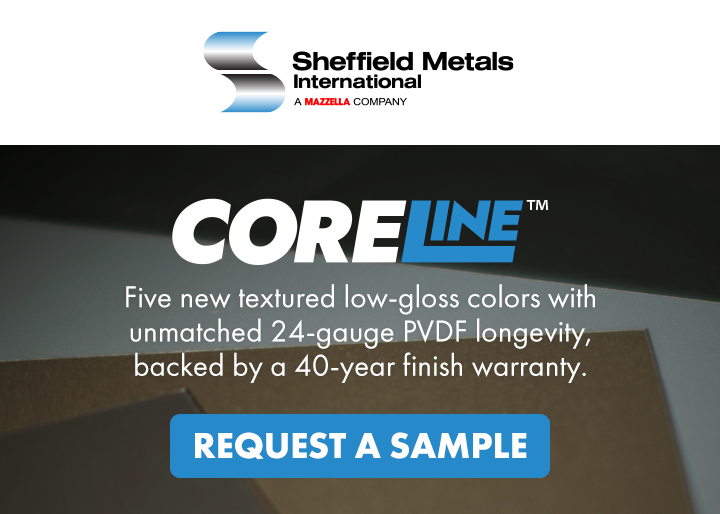


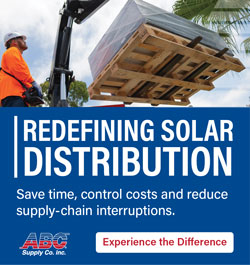


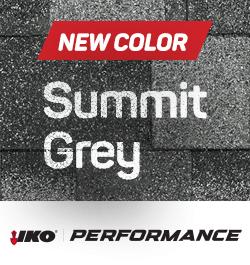


Comments
Leave a Reply
Have an account? Login to leave a comment!
Sign In